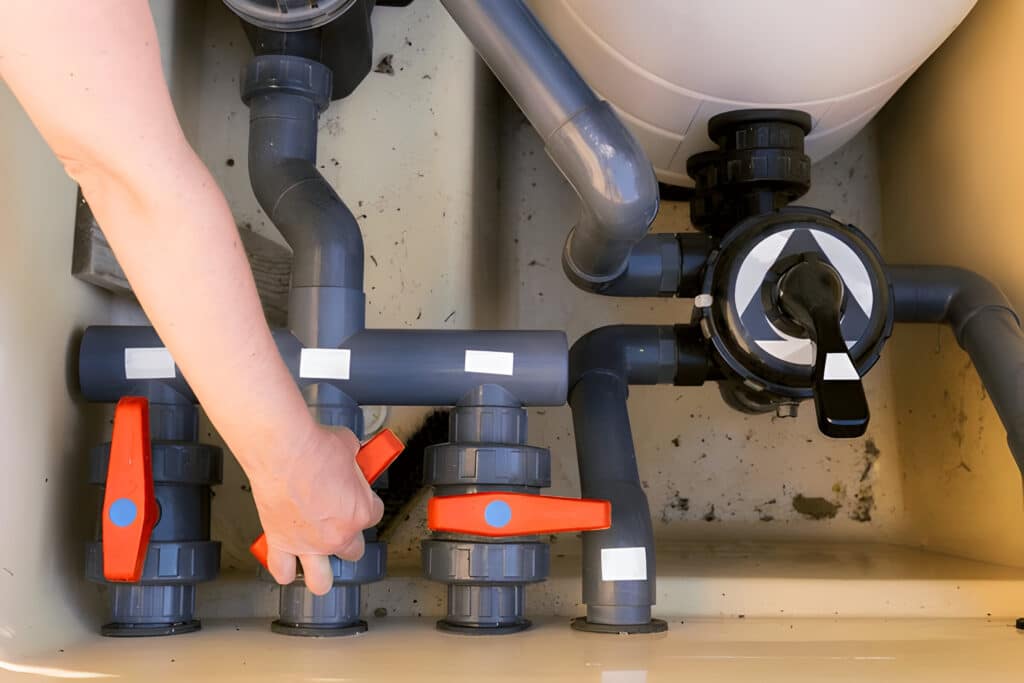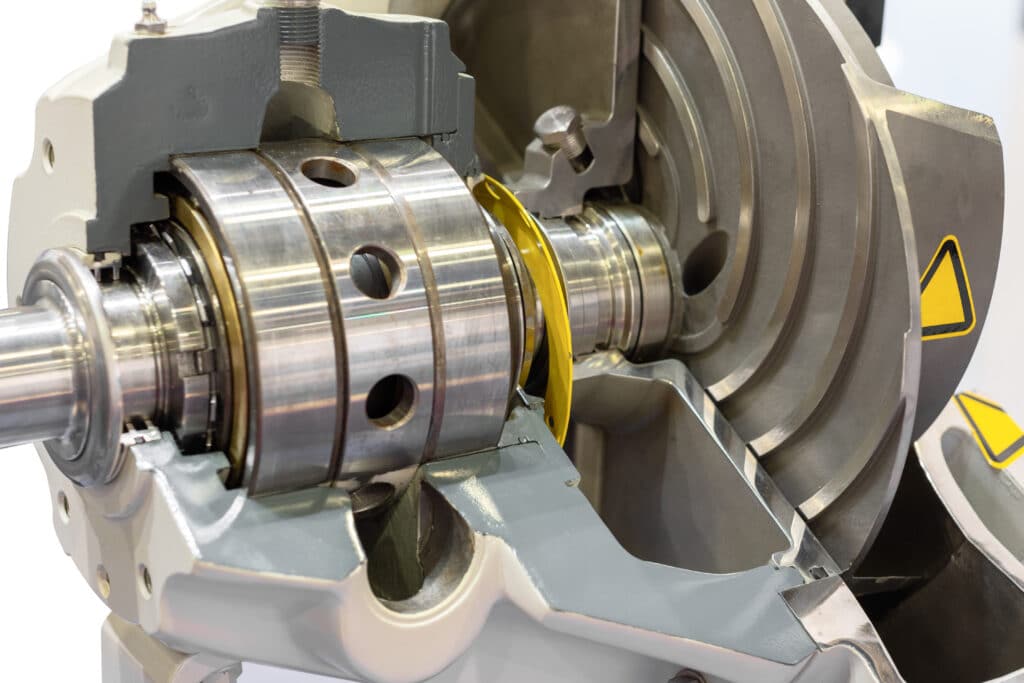
How to Tell if a Valve Is Open or Closed
| Valve Type | Open Position | Closed Position |
|---|---|---|
| Ball Valve | Slot aligned with flow direction, handle parallel to pipe | Slot perpendicular to flow direction, handle perpendicular to pipe |
| Butterfly Valve | Disc parallel to flow direction, handle parallel to pipe | Disc perpendicular to flow direction, handle perpendicular to pipe |
| Gate Valve (Rising Stem) | Stem fully extended | Stem fully retracted |
| Gate Valve (Non-Rising Stem) | Handwheel fully rotated counterclockwise | Handwheel fully rotated clockwise |
| Globe Valve | Handwheel fully rotated counterclockwise | Handwheel fully rotated clockwise |
| Check Valve | Automatically opens when flow is in allowed direction | Automatically closes when no flow or reverse flow occurs |
| Gas Valve (Quarter-Turn) | Handle parallel to pipe | Handle perpendicular to pipe |
| Gas Valve (Multi-Turn) | Handle fully rotated counterclockwise | Handle fully rotated clockwise |
How to Tell if a Ball Valve Is Open or Closed
To determine whether a ball valve is open or closed, look for the slot on the ball and observe the handle position.
When the slot aligns with the flow direction, the valve is open, allowing fluid to pass through. If the slot is perpendicular to the flow direction, the valve is closed, blocking the flow.
How to Open and Close a Ball Valve
To open a ball valve, turn the handle counterclockwise until it stops, aligning the slot with the flow direction.
To close the valve, turn the handle clockwise 90 degrees until it stops, positioning the slot perpendicular to the flow direction.
How to Tell if a Butterfly Valve Is Open or Closed
Butterfly valves have a disc that rotates to control flow. To determine if a butterfly valve is open or closed, observe the disc orientation and handle position.
When the disc is parallel to the flow direction, the valve is open, allowing fluid passage. If the disc is perpendicular to the flow direction, the valve is closed, blocking flow.
The handle position also indicates the valve status, with the handle parallel to the pipe for open and perpendicular for closed.
How to Open and Close a Butterfly Valve
To open a butterfly valve, turn the handle counterclockwise until it stops, aligning the disc with the flow direction.
To close the valve, turn the handle clockwise 90 degrees until it stops, positioning the disc perpendicular to the flow direction.
How to Tell if a Gate Valve Is Open or Closed
Gate valves have a stem that moves a gate up and down to control flow. To determine if a gate valve is open or closed, observe the stem position.
In rising stem gate valves, the stem rises as the valve opens, providing a visual indication of the valve status.
When the stem is fully extended, the valve is open, allowing flow. If the stem is fully retracted, the valve is closed, blocking flow.
In non-rising stem gate valves, the stem position remains constant, so the handwheel rotation indicates the valve status.
How to Open and Close a Gate Valve
To open a gate valve, turn the handwheel counterclockwise until it stops, fully extending the stem in rising stem valves or aligning the gate with the flow direction in non-rising stem valves.
To close the valve, turn the handwheel clockwise until it stops, fully retracting the stem or positioning the gate perpendicular to the flow direction.
How to Tell if a Globe Valve Is Open or Closed
Globe valves have a handwheel that moves a plug or disc against a seat to control flow. To determine if a globe valve is open or closed, observe the handwheel rotation.
When the handwheel is fully rotated clockwise, the valve is closed, blocking flow. If the handwheel is fully rotated counterclockwise, the valve is open, allowing fluid passage.
How to Open and Close a Globe Valve
To open a globe valve, turn the handwheel counterclockwise until it stops, lifting the plug or disc away from the seat.
To close the valve, turn the handwheel clockwise until it stops, pressing the plug or disc against the seat.
How to Tell if a Check Valve Is Open or Closed
Check valves allow flow in one direction and prevent reverse flow. They have no external indicators, so the valve status must be inferred from the flow direction.
When flow is in the allowed direction, the check valve opens automatically, allowing fluid passage. If there is no flow or if reverse flow occurs, the check valve closes automatically, blocking flow.
How to Open and Close a Check Valve
Check valves operate automatically based on the flow direction and do not require manual operation. The valve opens when flow is in the allowed direction and closes when there is no flow or reverse flow.
FAQs
How to Tell if a Gas Valve Is Open or Closed
To determine if a gas valve is open or closed, observe the handle position and any visual indicators.
Gas valves may have a quarter-turn handle, similar to ball valves, or a multi-turn handle, like globe valves. Follow the specific manufacturer’s instructions and markings to interpret the valve status based on the handle position. Some gas valves may also have additional visual indicators, such as colored tags or markings, to clearly show the open or closed positions.





